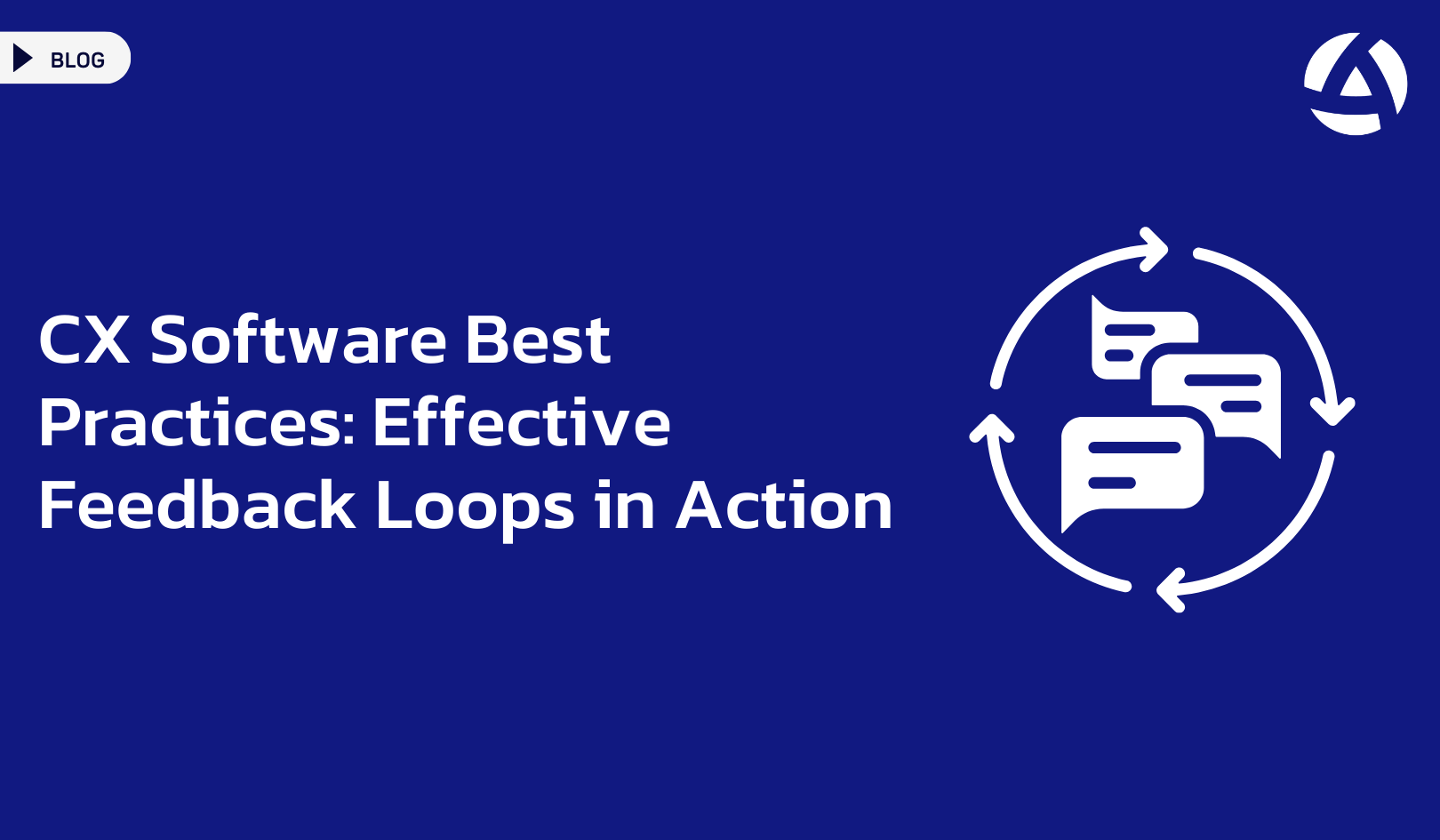In the competitive landscape of customer experience (CX), feedback loops play a pivotal role in shaping how businesses interact with their customers. For companies leveraging CX software, understanding and implementing effective feedback loops can significantly boost customer satisfaction and retention.
What Are Feedback Loops?
Feedback loops are systematic processes through which businesses collect, analyze, and act on customer feedback. These loops help organizations continuously improve their products, services, and overall customer experience. The core idea is to create a cycle where customer input drives meaningful changes.
Key Components of Feedback Loops:
- Collection: Gathering feedback through surveys, reviews, or direct interactions.
- Analysis: Assessing the feedback to identify trends and areas for improvement.
- Action: Implementing changes based on the insights gained.
- Communication: Informing customers about the actions taken and how their feedback influenced those changes.
The Role of CX Software in Feedback Loops
CX software integrates various tools and features designed to streamline feedback loops. Here’s how these platforms enhance the feedback process:
- Automated Feedback Collection: CX software can automate the process of collecting feedback, making it easier to gather input from a wide range of customers.
- Data Analysis: Advanced analytics tools within CX software can process large volumes of feedback, providing actionable insights that might be missed in manual analysis.
- Real-Time Reporting: Immediate access to feedback data allows for quicker response and adaptation to customer needs.
Benefits of Effective Feedback Loops
Incorporating feedback loops into your CX strategy brings several benefits:
- Improved Customer Satisfaction: Actively listening and responding to customer feedback can lead to higher satisfaction levels.
- Enhanced Product Development: Feedback helps in identifying product flaws and areas for enhancement, leading to better offerings.
- Increased Loyalty: Customers are more likely to stay loyal to brands that show they value and act on their input.
Implementing Feedback Loops with CX Software
To establish effective feedback loops using CX software, consider the following steps:
- Set Clear Objectives: Define what you want to achieve with your feedback loop, such as improving a specific aspect of your service.
- Choose the Right Tools: Select CX software that supports automated feedback collection and provides robust analytics capabilities.
- Integrate with Existing Systems: Ensure that your CX software integrates seamlessly with other systems for a unified view of customer interactions.
- Communicate with Customers: Keep customers informed about how their feedback is being used to make improvements.
Best Practices for Feedback Loops:
- Consistency: Regularly review and act on feedback to keep the loop active and effective.
- Transparency: Share progress updates with customers to build trust and show that their input is valued.
- Adaptability: Be prepared to adjust your approach based on the feedback received to better meet customer expectations.
By effectively utilizing feedback loops through CX software, businesses can not only enhance their customer experience but also foster stronger, more engaged relationships with their clientele. Implementing these practices ensures that your feedback process is both efficient and impactful, driving continuous improvement and customer satisfaction.




